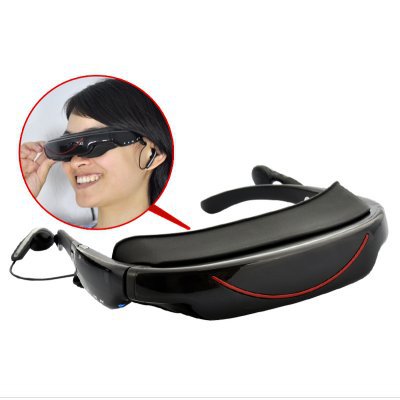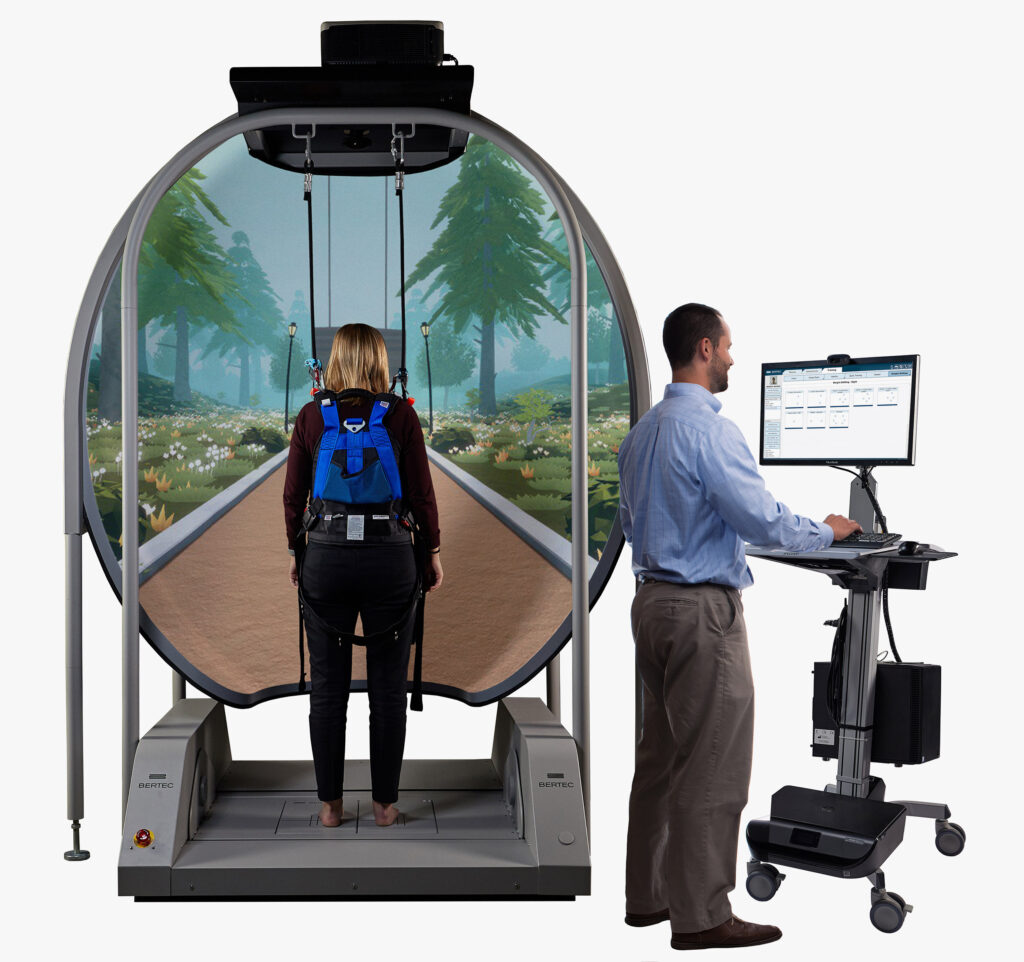The competitive marketplace for physical therapy vestibular testing has four categories of competition:
- Status quo / Do nothing
- Pen-and-paper testing (Foam and Dome test – you learned this in PT school)
- Force plates & hardware
- Mobile apps
Status Quo: Do Nothing
Status quo / Do Nothing is not a unique strategy to vestibular testing. You find the ‘do nothing’ strategy in lots of disabling conditions. Patients, families and physicians put up with ‘do nothing’ because patients aren’t complaining of symptoms.
Until a person complains of a symptom, physical therapy just isn’t a priority.
‘Do nothing’ is the #1 strategy patients and physicians use to manage most musculoskeletal, vestibular and pelvic floor problems.
Estimates vary but different experts say only 30% to 35% of physical therapy Plans of Care go to completion.
- Only 30% of patients who receive outpatient physical therapy services attend all the visits their insurance company authorizes. (WebPT)
- Only 35% of physical therapy patients fully adhere to their plans of care. (PubMed)
Patients aren’t the only ones doing nothing about vestibular data and the lack of testing – physical therapists don’t test enough, either.
- Testing is time-consuming.
- Testing is unevenly reimbursed.
- Testing can be expensive (see Force Plates, below).
- Testing takes away from patient treatment.
For these reasons, we actually don’t have enough vestibular testing in physical therapy (author’s opinion).
Pen-and-Paper Manual Testing (Foam-and-Dome)
We all learned the Foam-and-Dome in PT school – Physical therapists learn the 6 condition Clinical Test of Sensory Integration and Balance (CTSIB) in PT school.
In 1986, the Modified CTSIB with only 4 conditions was developed. Conditions #3 and #6 were dropped from the original CTSIB since we can’t replicate optokinetic visual conflict without video googles.

Force Plates and Hardware
The Cadillac of vestibular testing in physical therapy. These are the incumbents (see Clayton Christensen’s Disruptive Innovation to understand why incumbents NEVER disrupt themselves).
BUT, (and it’s a BIG BUT) these testing devices cost mucho dinero. $5k to $87 for NASA-level force plate hardware. Good tech, but what we need is more testing at less cost.

VisualPT.ai Computer Vision will give you better data than force plates and faster testing than either force plates or the pen-and-paper version – all for less money.
Mobile Apps and Computer Vision
There are a couple types of vestibular mobile apps are aimed at patients:
VisualPT.ai may be the first (bold claim!) mobile app aimed at patient data collection but aimed to improve the physical therapists’ workflow and administrative burden.
Virtual Student Data Collection Experience
The VisualPT.ai is partnering with schools and universities to provide a PT Student Data Collection Experience in AI to Doctor of Physical Therapy students (as well as Physical Therapist Assistant students).
Your DPT and PTA students will participate with Machine Learning Engineers and Mobile App Designers to train the next generation of AI-augmented physical therapy tools.
Create the Future of Physical Therapy
Join our PT Clinical Advisory Panel (limit 10 Schools)


